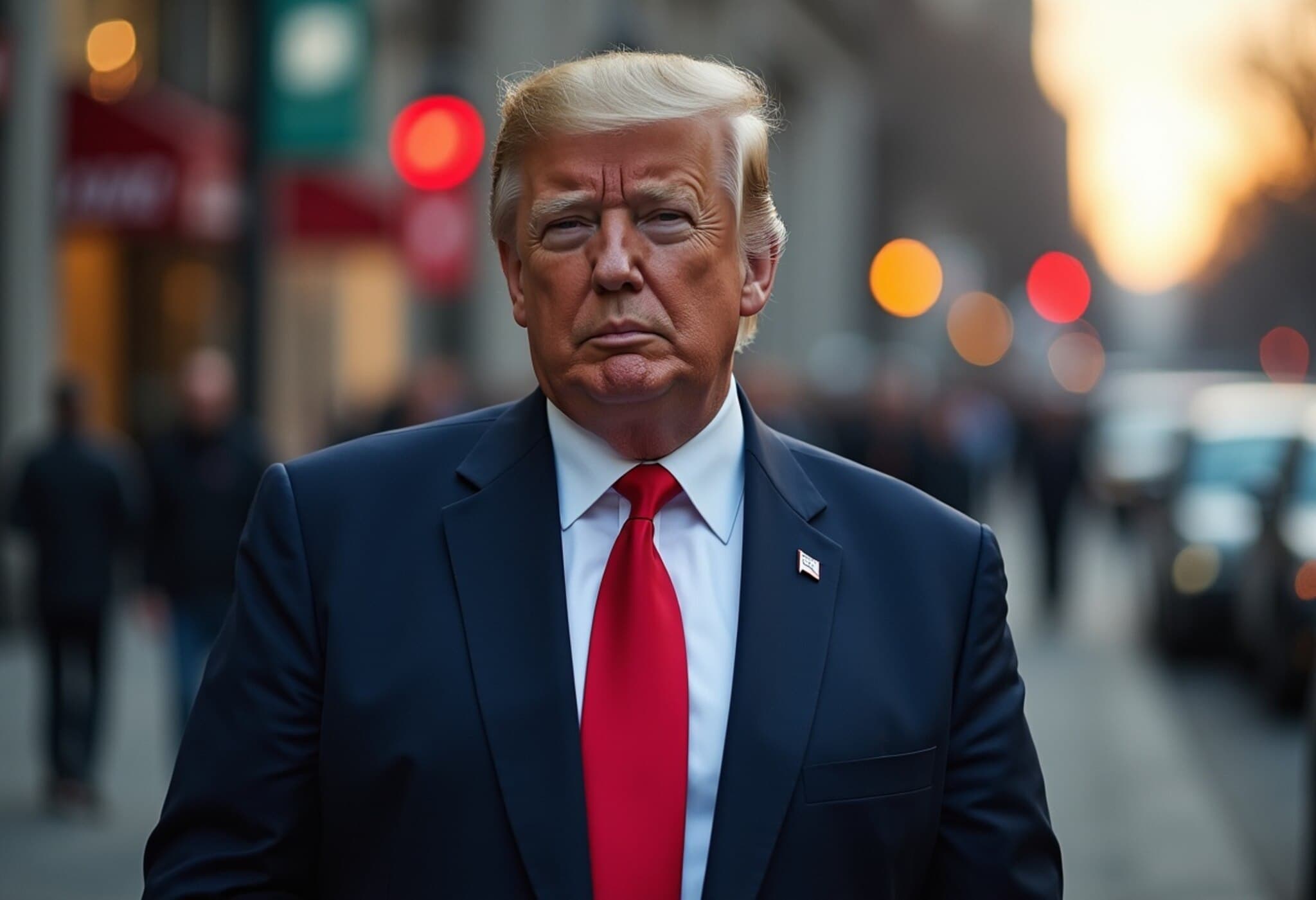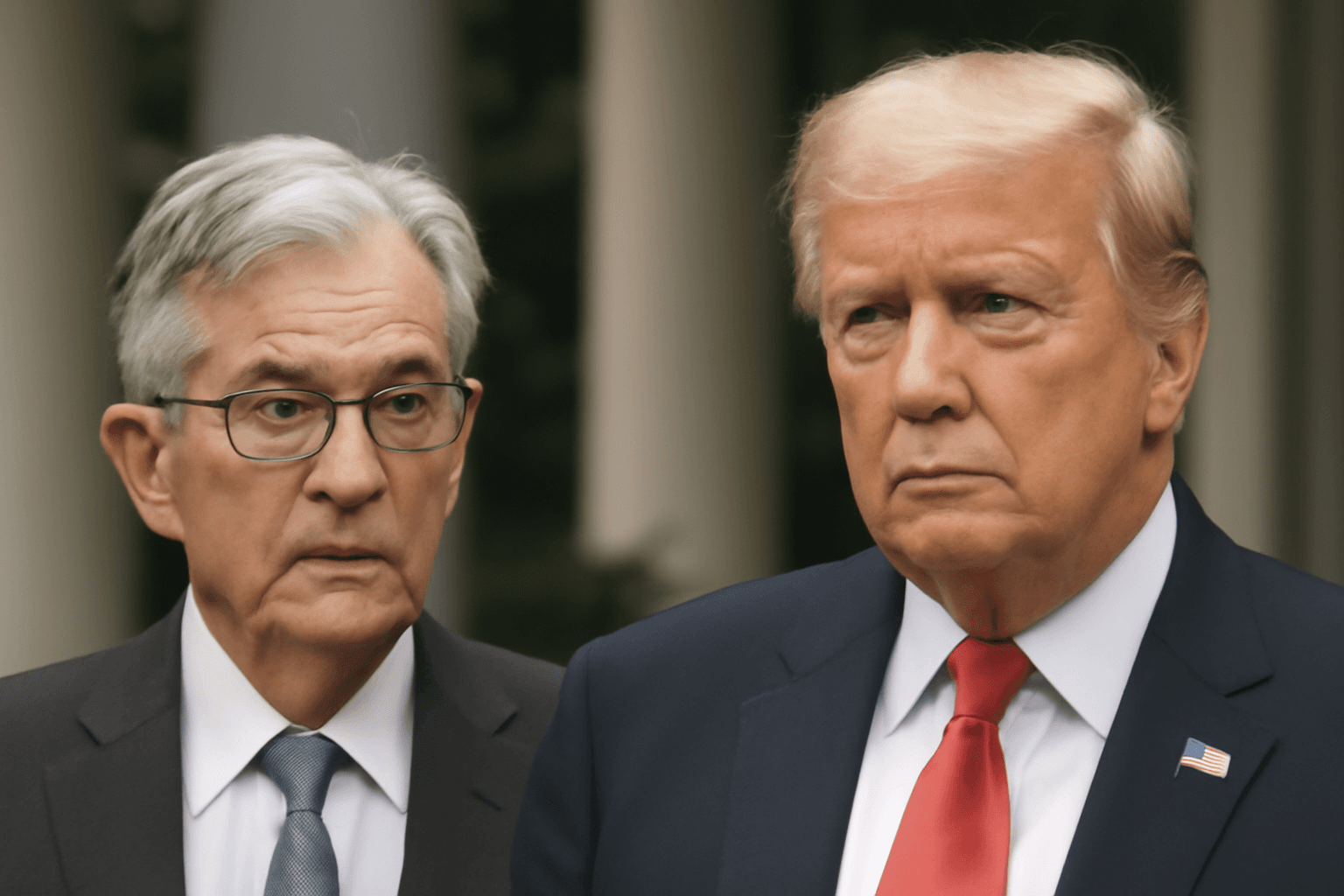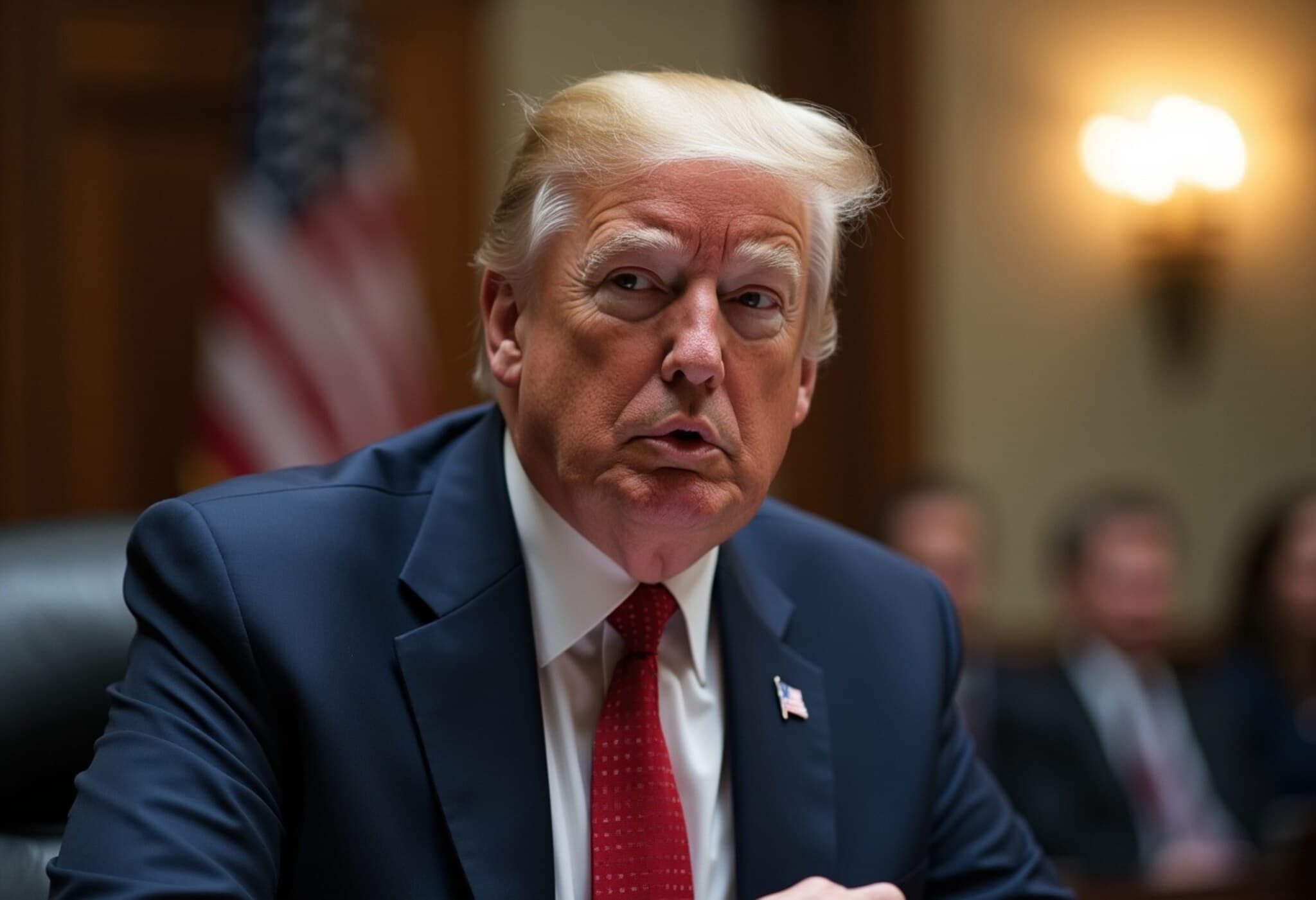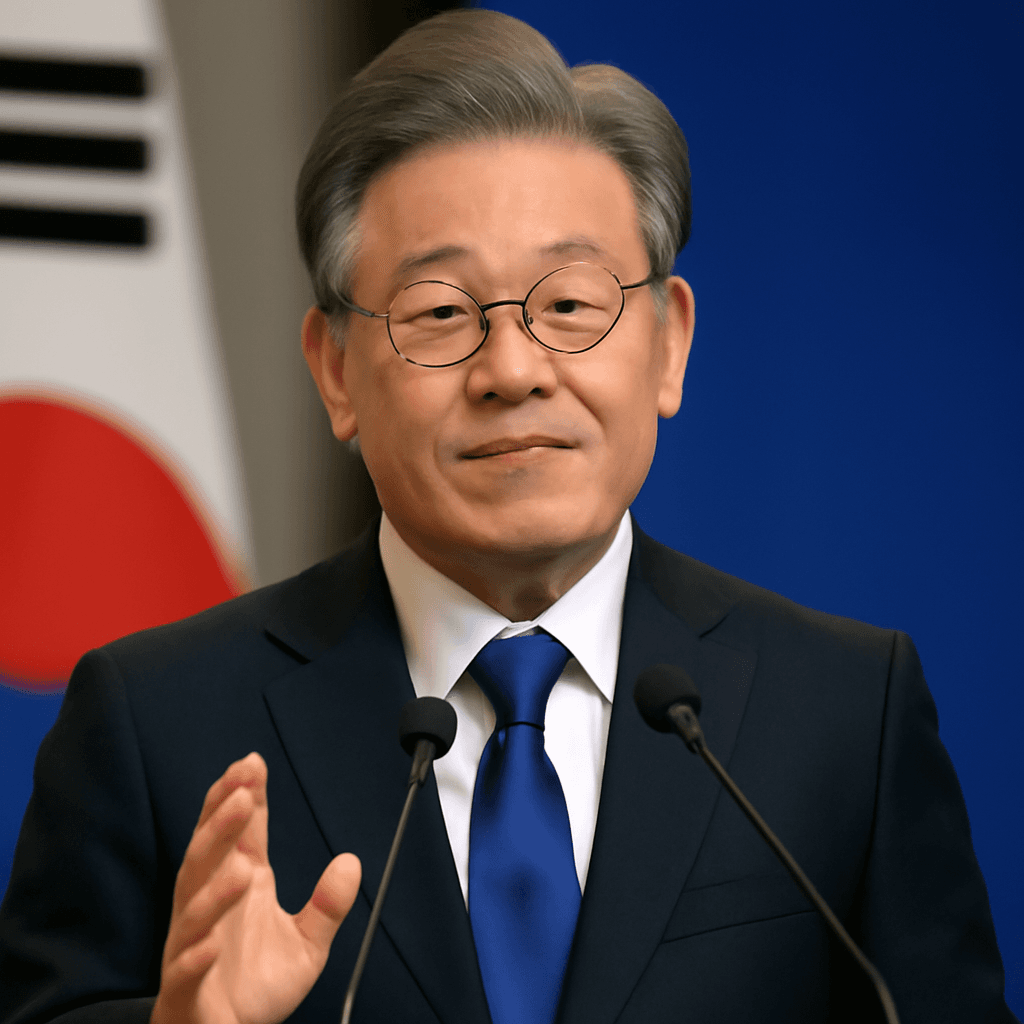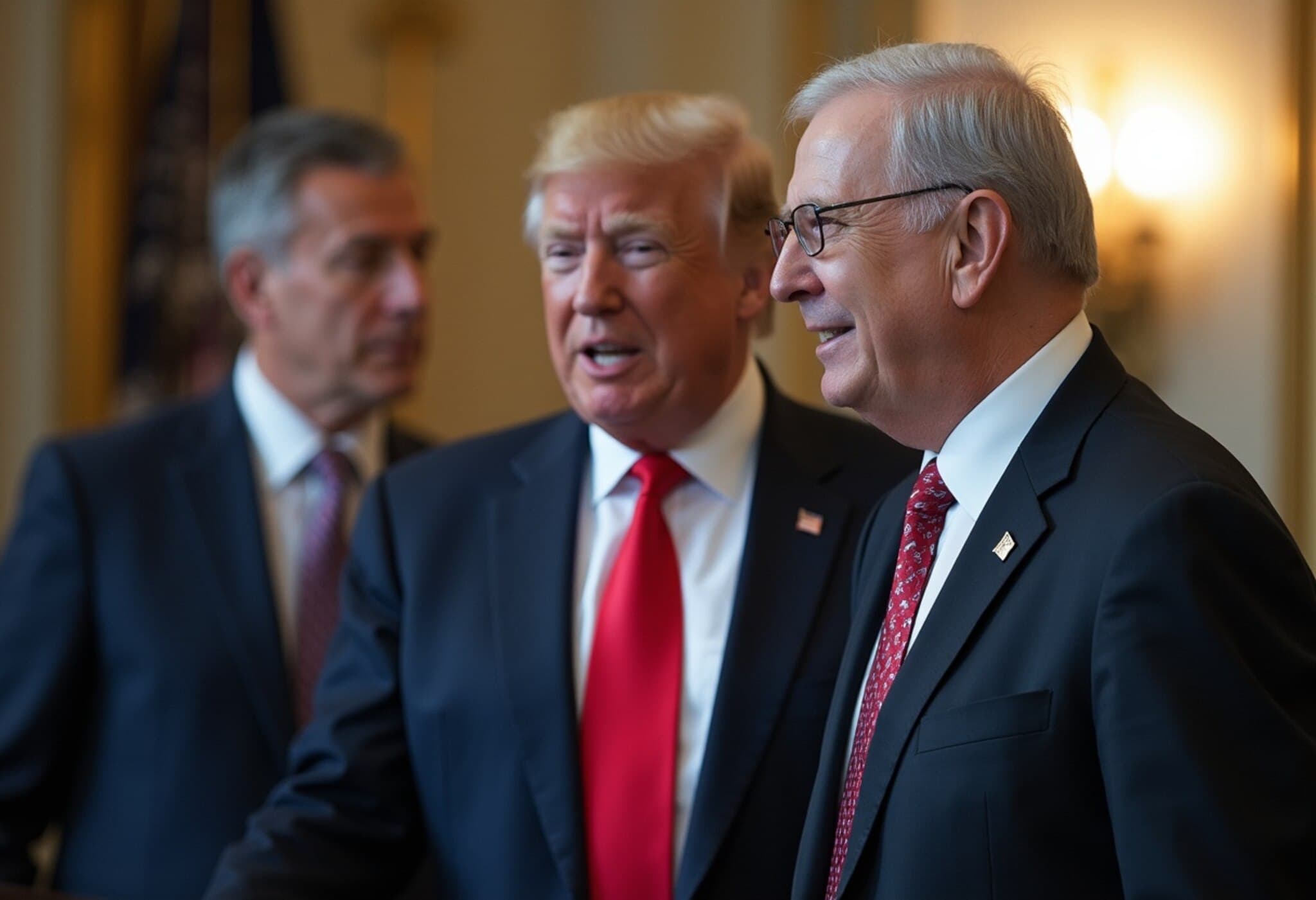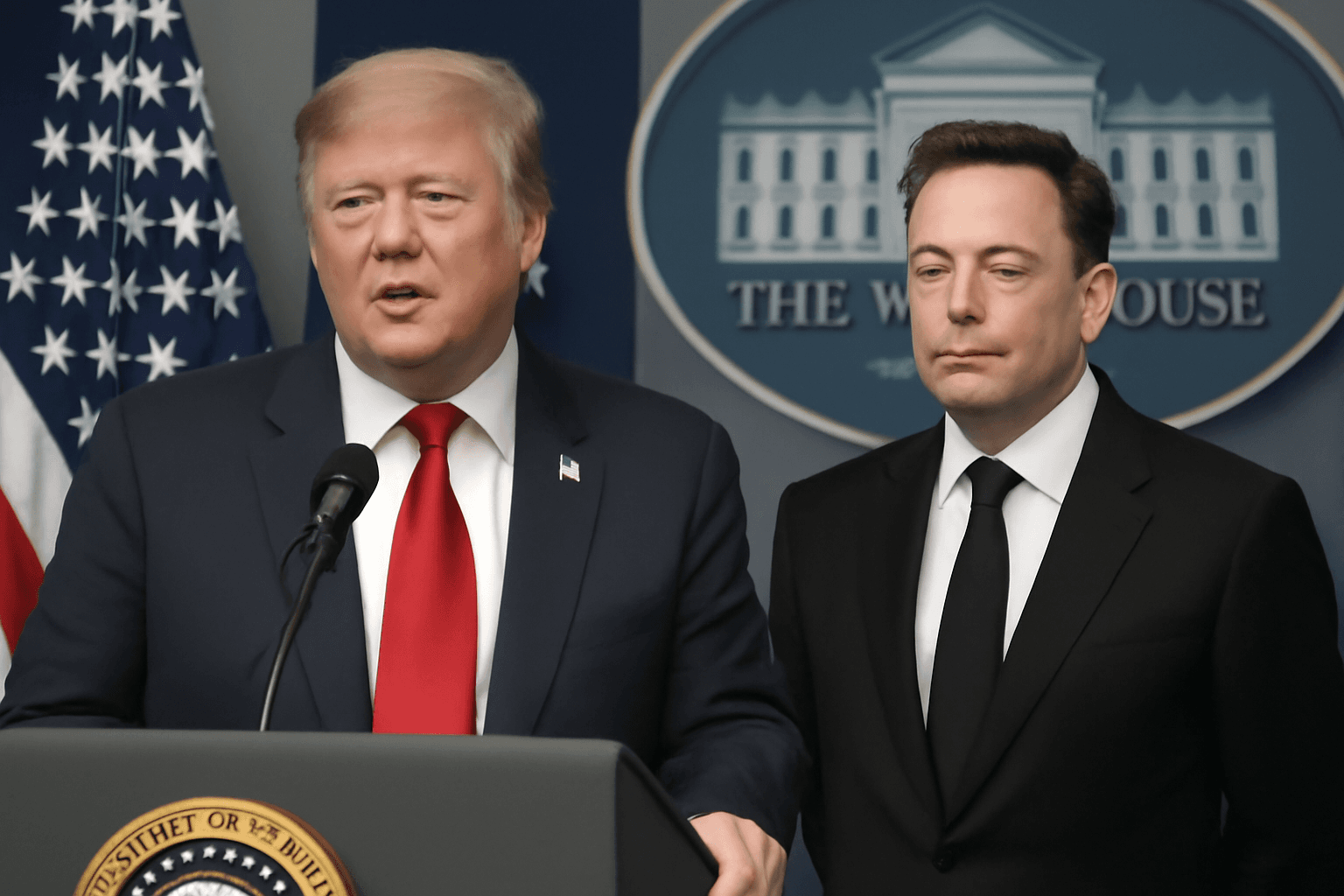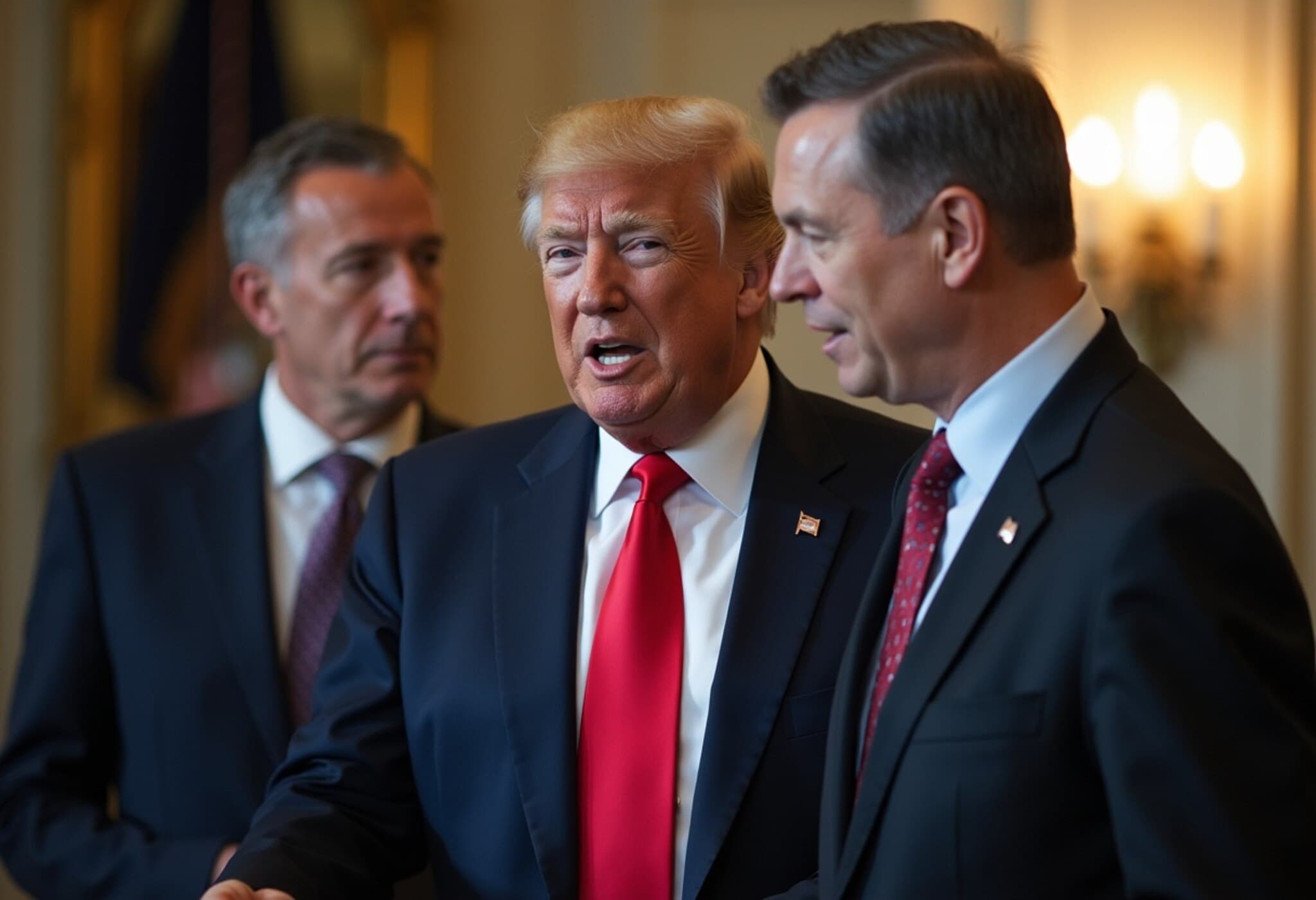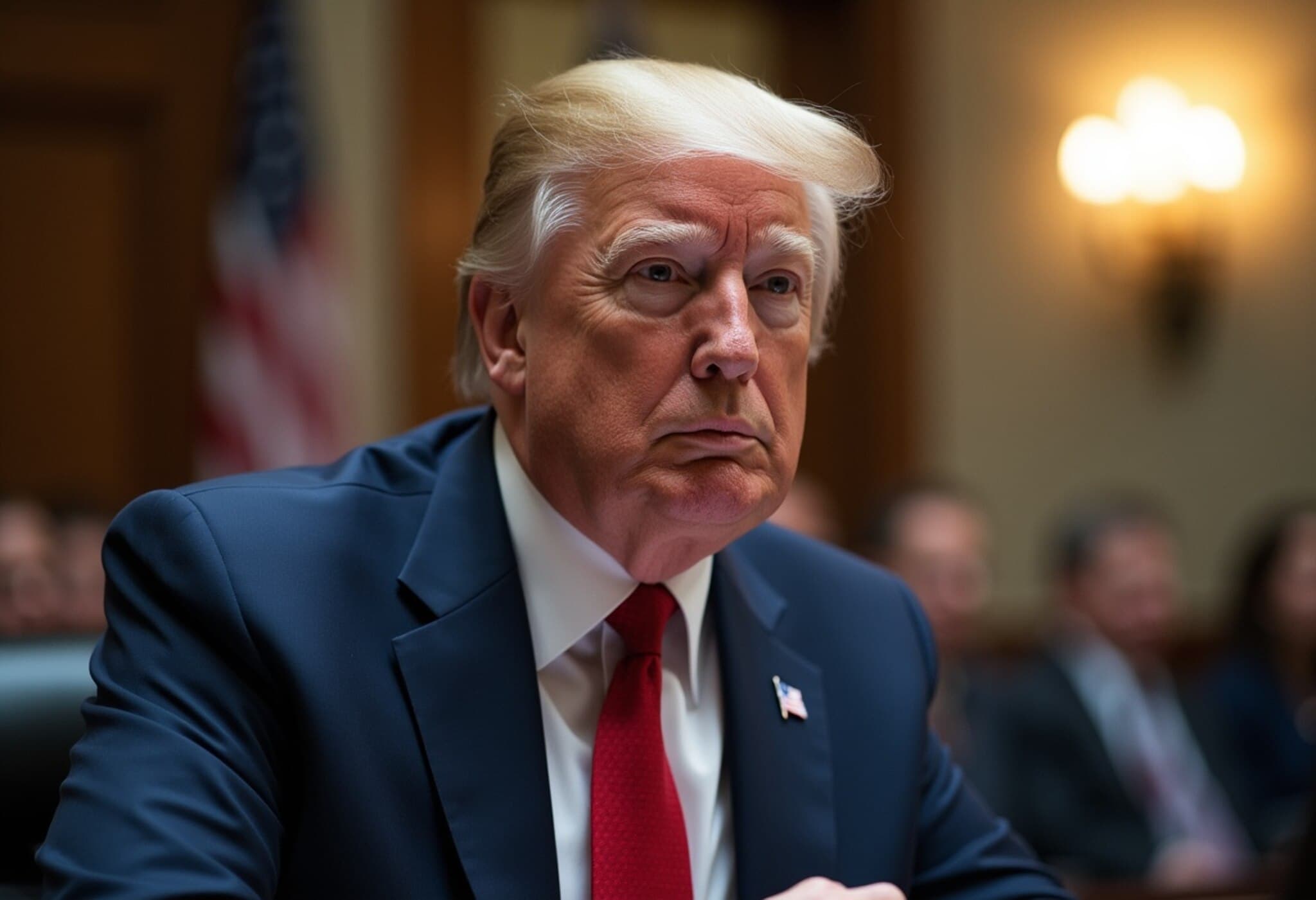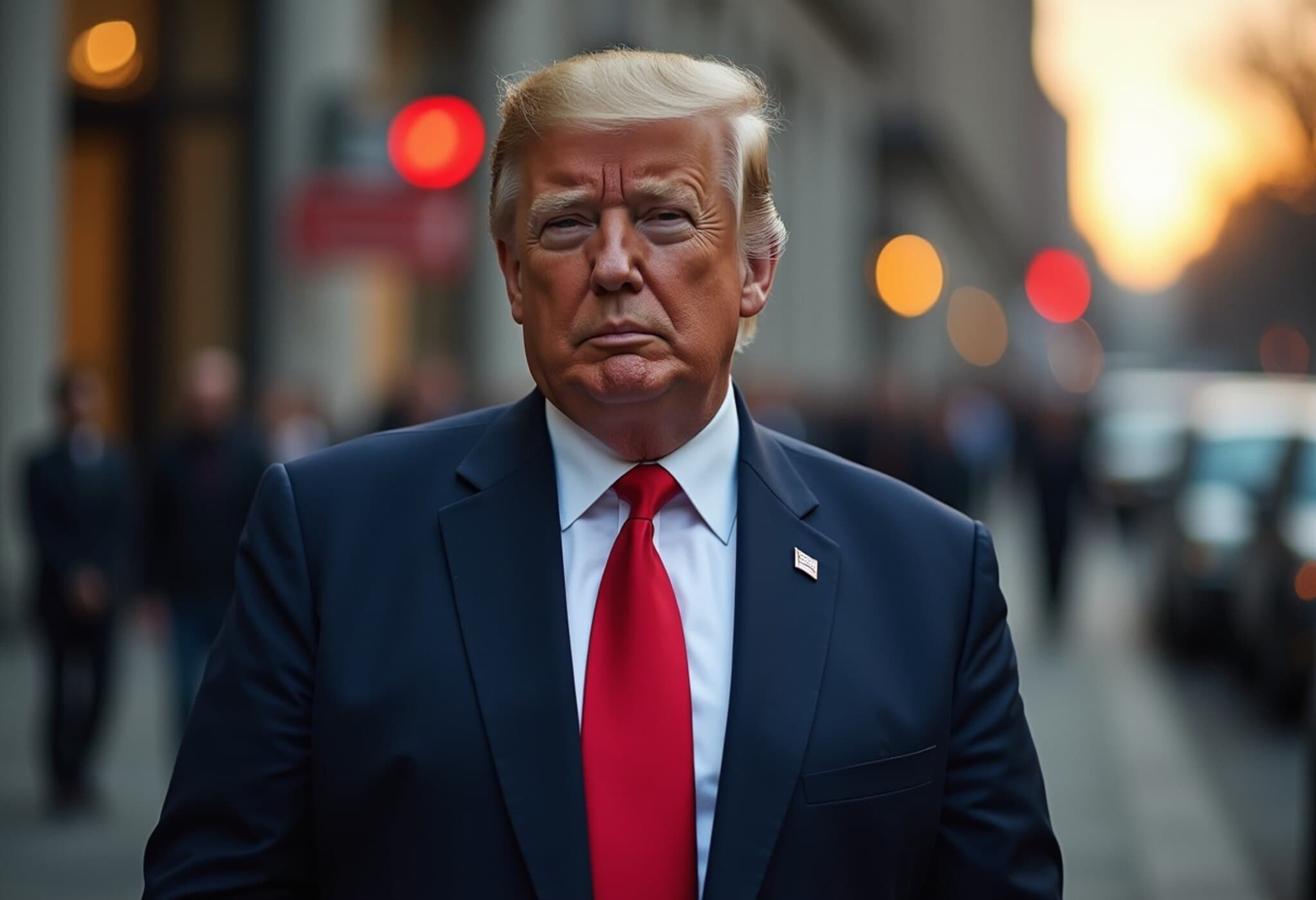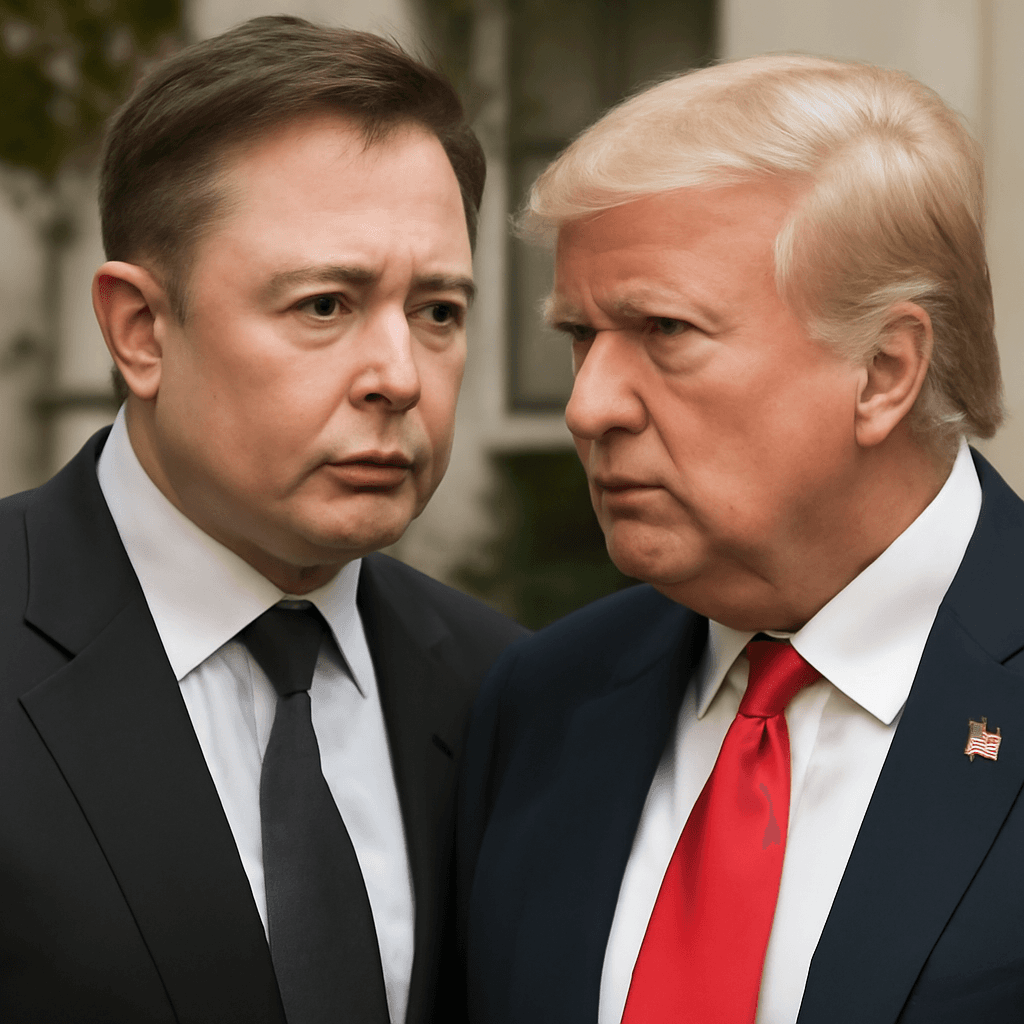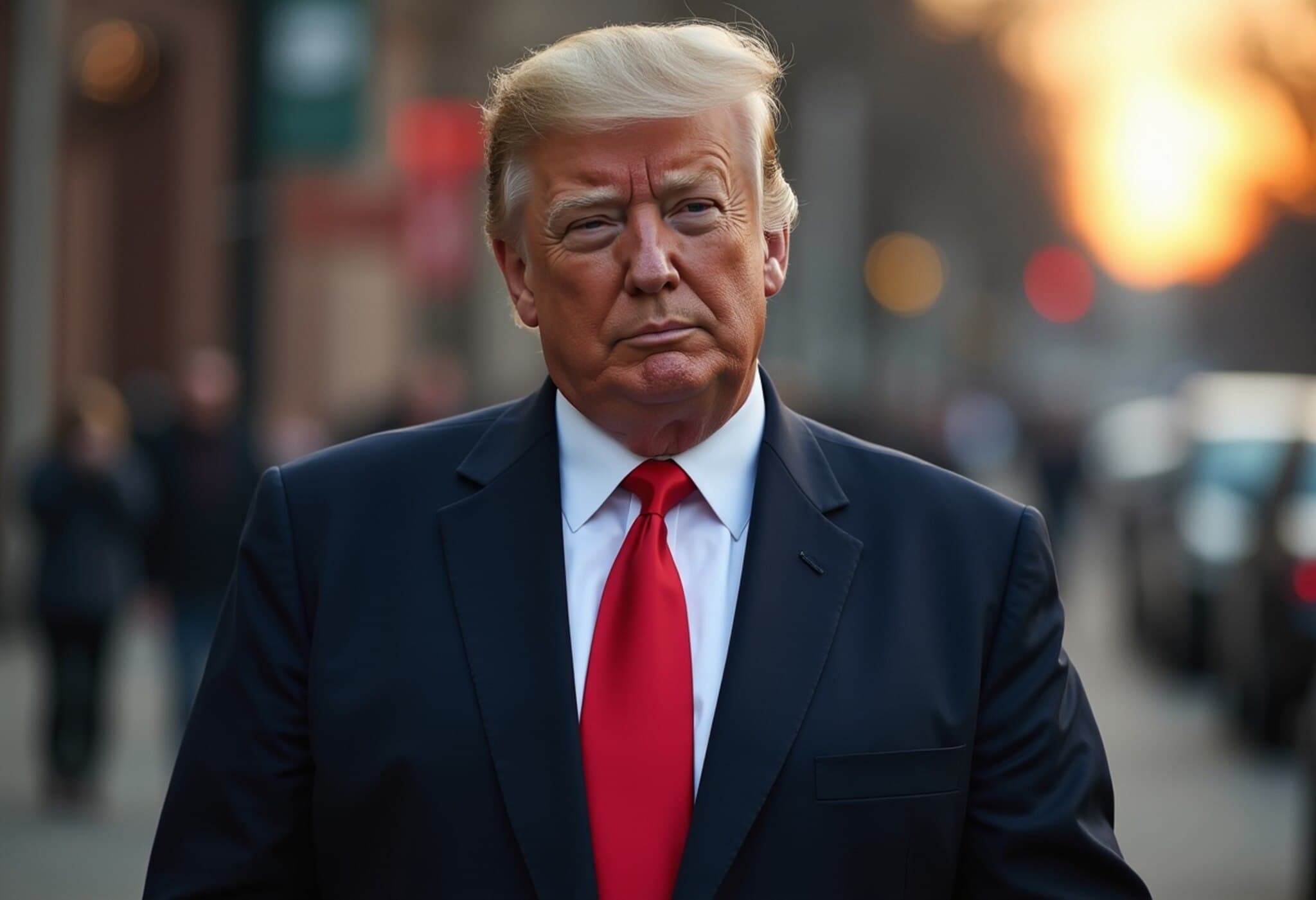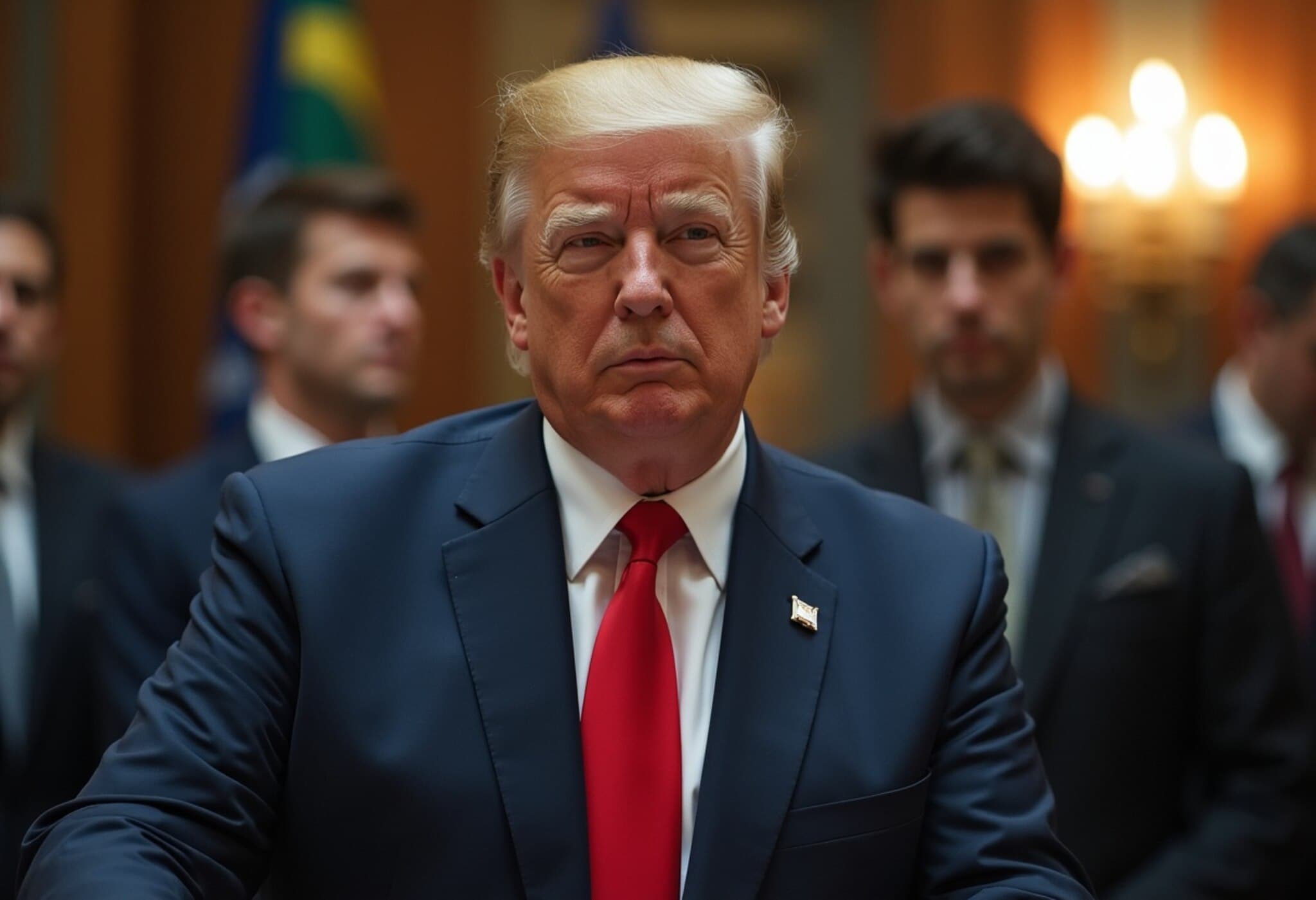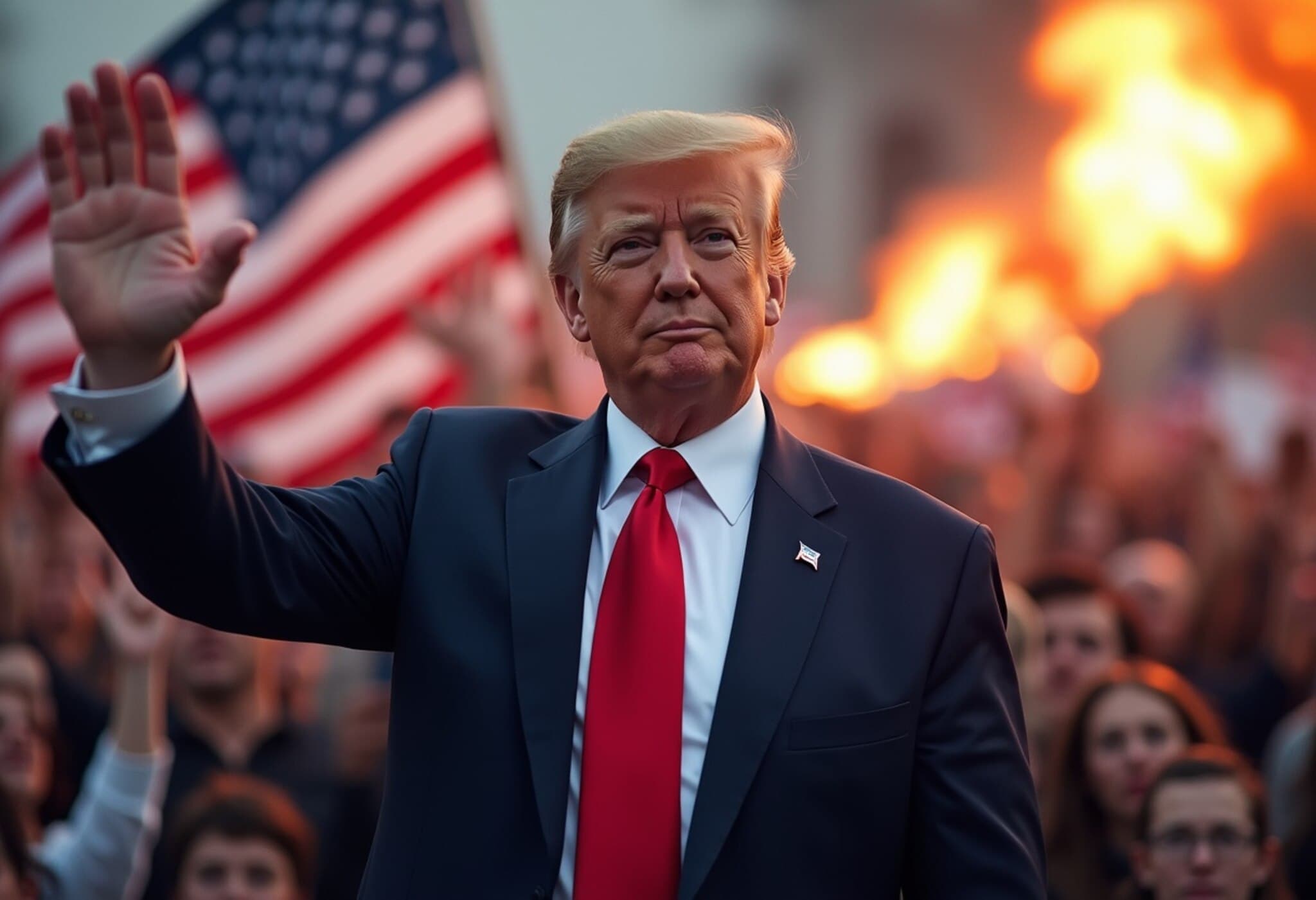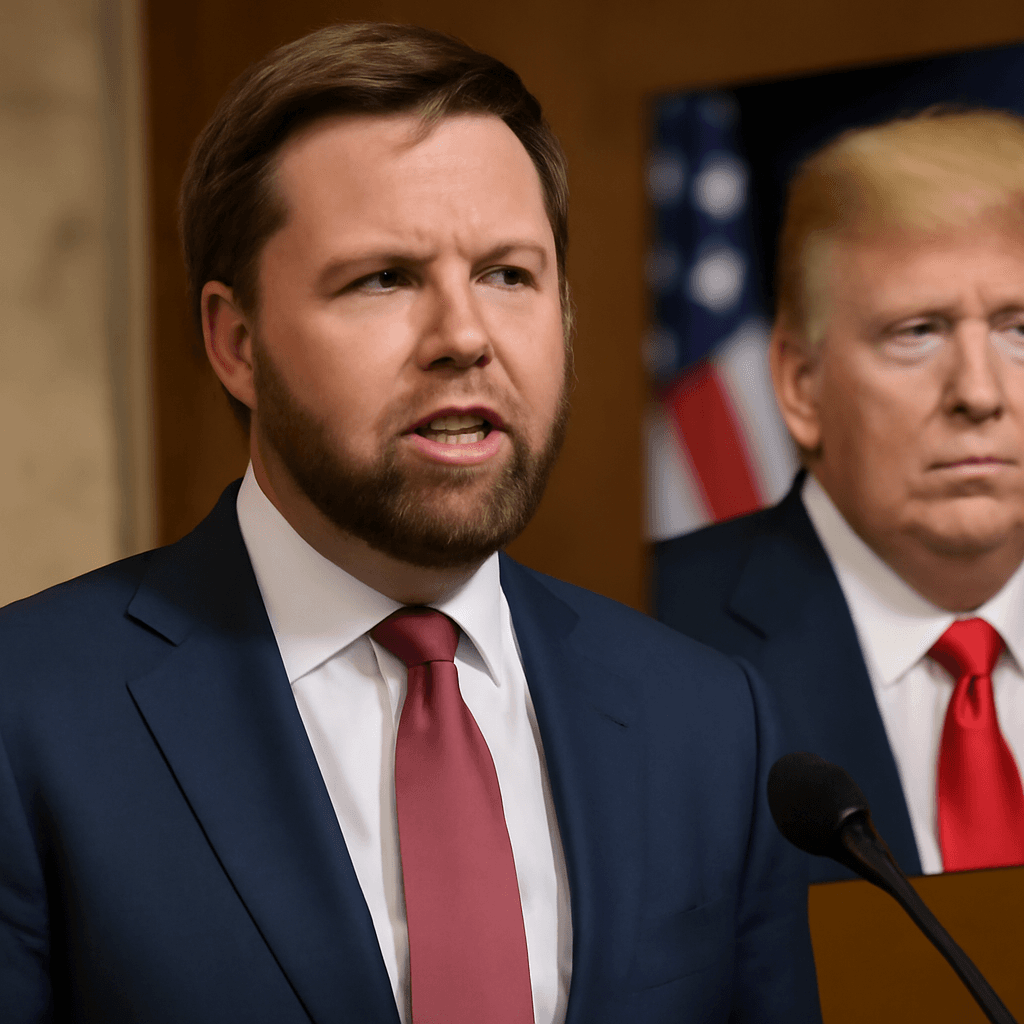Trump’s Economic Strategy: A New Chapter in U.S. State Capitalism?
In a surprising twist, the United States—long celebrated as a bastion of free-market capitalism—is showing signs of embracing a form of state-driven economic intervention more reminiscent of China’s approach. President Donald Trump’s recent assertive moves targeting major tech companies and securing government stakes in critical industries suggest a growing trend toward what analysts describe as “state capitalism with American characteristics.”
Government’s Growing Grip on Strategic Industries
Reports reveal that President Trump has vigorously pressured top executives, including pushing Intel's CEO to step down, while influencing major chipmakers like Nvidia and AMD. Notably, the administration secured a “golden share” in U.S. Steel, granting the government influential veto power over company decisions—an unprecedented level of control unusual for the American economic landscape.
These actions are part of a broader initiative involving $1.5 trillion in investments the President aims to direct personally from foreign partners such as Japan, the European Union, and South Korea. This ambition to guide corporate endeavors departs from the traditional laissez-faire approach in the U.S., edging closer toward a state-led economic model that, while not socialist, involves significant government leverage over private companies.
From Free Market to Strategic State Intervention: What’s Changing?
This shift reflects a bipartisan disillusionment with the pitfalls of unregulated capitalism—chiefly how outsourcing and profit-maximizing strategies hollowed out American manufacturing and created risky dependencies on China for vital resources and technologies like semiconductors and critical minerals.
Historically, government interference in the economy—such as during World War II or the 2007-2009 financial crisis—has been situational and temporary. However, recent policies under the Biden administration have intensified this trend. Take, for instance:
- The Inflation Reduction Act, with nearly $400 billion committed to clean energy initiatives.
- The Chips and Science Act, dedicating $39 billion to bolster domestic semiconductor manufacturing, including $8.5 billion to Intel.
These actions paved the way for Trump’s involvement, where government influence extends into corporate governance and investment prioritization.
A Tale of Two Capitals: Comparing U.S. and Chinese Models
China labels its system as “socialism with Chinese characteristics,” a hybrid blending state control and market mechanisms under tight Party supervision. The U.S. model emerging under Trump seems to adopt certain facets of this state capitalism but lacks the unified discipline China enforces through its extensive bureaucratic control.
Experts describe the Chinese model as an “engineering state,” rapidly building infrastructure and scientific capacity with minimal bureaucratic resistance. Conversely, the U.S. grapples with its democratic safeguards—courts, free press, and legislatures—which slow or block aggressive economic interventions.
Dan Wang, author and China expert, notes, “Trump’s method is the opposite of China’s disciplined approach—more bulldozing than structured control.”
Balancing Economic Control with Democratic Values
While Trump’s unilateral tariffs and efforts to commandeer foreign investments echo China’s state-led development, American democracy imposes vital checks and balances. The judiciary and regulatory frameworks continue to protect due process and free speech, preventing a wholesale shift to authoritarian economic control.
Still, Trump’s attempts to exert influence over independent agencies like the Federal Reserve and the Bureau of Labor Statistics signal a growing tension between democratic norms and executive power in economic policymaking.
Risks and Rewards: The Road Ahead
State capitalism historically struggles with inefficiencies—governments often misallocate capital compared to market forces, risking cronyism and distortion. Moreover, national security-driven projects in the U.S. have sometimes floundered, as seen with Foxconn’s Wisconsin plant and Tesla’s Buffalo solar factory.
China’s rapid growth was fueled initially by market reforms rather than state dominance; since tighter central control under Xi Jinping, economic momentum has decelerated, burdened by overcapacity and diminished profitability.
The U.S. is charting a delicate course—embracing state influence to protect strategic interests without compromising fundamental democratic principles.
Expert Insights: What This Means for America’s Economic Future
Trump’s economic vision challenges decades of free-market orthodoxy, reflecting a pragmatic response to global competition, especially with China. However, this “state capitalism with American characteristics” raises critical questions:
- Can robust democratic institutions coexist with increased government control over private sectors?
- Will direct government intervention foster innovation or stifle market dynamism?
- How will this shift impact America’s role in the global economy and its relationships with strategic partners?
The answers will shape the trajectory of U.S. economic policy in the decade ahead, weighing national security concerns alongside democratic accountability.
Editor’s Note
The evolving landscape of U.S. economic policy under Trump blurs the once-clear lines between free enterprise and state direction. While motivated by a desire to safeguard America’s technological edge and manufacturing base, these moves invite scrutiny about the balance between government power and market freedom. Readers should consider: Is this approach a necessary adaptation in a complex global landscape, or a risky departure from foundational American economic principles?

